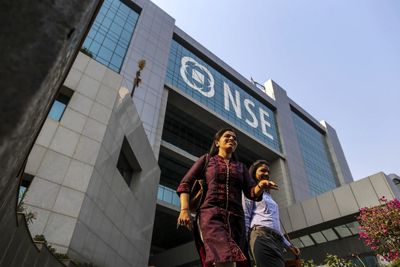The Economist magazine analyzed that India will overtake Japan early next year and become the fourth largest economy in the world.
According to Eco Iran, India will achieve a great achievement in early 2026. By March, the country will overtake Japan to become the world’s fourth-largest economy, just behind the world’s third-largest economy, Germany.
This success is not just for show; It indicates a huge progress. At the beginning of this century, Japan was the world’s largest economy after the United States, and India was not even among the top 10 economies in the world.
Since then, India has rapidly overtaken Brazil, Mexico and Canada, several European countries and its former colonizer, Britain. The International Monetary Fund has estimated that by 2030, India will become the world’s largest economy after the US and China.
The fruits of India’s powerful economy are ripening
According to a report from the Economist, the fruits of this economic boom are evident all over India. Indian cities witness a large number of skyscrapers and luxury homes; Its highways are full of vehicles and its stock markets are huge and thriving. Most importantly, hundreds of millions of people have been able to lift themselves out of extreme poverty and improve their lives. India’s middle class has emerged with a population of at least 400 million, so Indians and their government have every right to celebrate their success.
The shadow of poverty on India’s successes
But despite the impressive economic growth, India is still a poor country. To measure India’s development, GDP per capita is a better measure than the size of the entire economy. While the country will soon overtake Japan in terms of total GDP, its fruits are distributed among people more than 11 times the population of Japan.
Considering the cost of living, India ranks 126th in the world from this point of view; A rank that has improved compared to 25 years ago and India has climbed 26 places. But India’s per capita income of 12,000 dollars is about the same level as Jordan or Uzbekistan and is only two thirds of the average of emerging economies.
Another way to measure India’s booming economy is whether life has improved for its people. According to a World Bank report, in the decade to 2022, India’s extreme poverty rate will drop from 27 percent to just 5 percent.
But the final figures are still staggering. In 2022, 75 million people, more than the population of Great Britain, will live on less than $3 a day. Another 267 million of India’s population, twice the population of Mexico, lived on less than $4.20 a day, the World Bank’s poverty line for lower-middle-income countries like India. This country ranks 102 out of 123 countries in the world hunger index.
India’s poor performance in press freedom and democracy
India also performs poorly in other rankings and indicators. This country ranks 176 out of 180 countries in the environmental performance index compiled by Yale University; It ranks 151 out of 180 countries in the press freedom index published by Reporters Without Borders. And it ranks 41st in the democracy index prepared by the Economist Intelligence Unit.
It is a great achievement for Indian leaders to steer a relatively weak economy into one of the largest economies in the world. But size is not everything, quality of life is also important; As hundreds of millions of Indians can testify.







